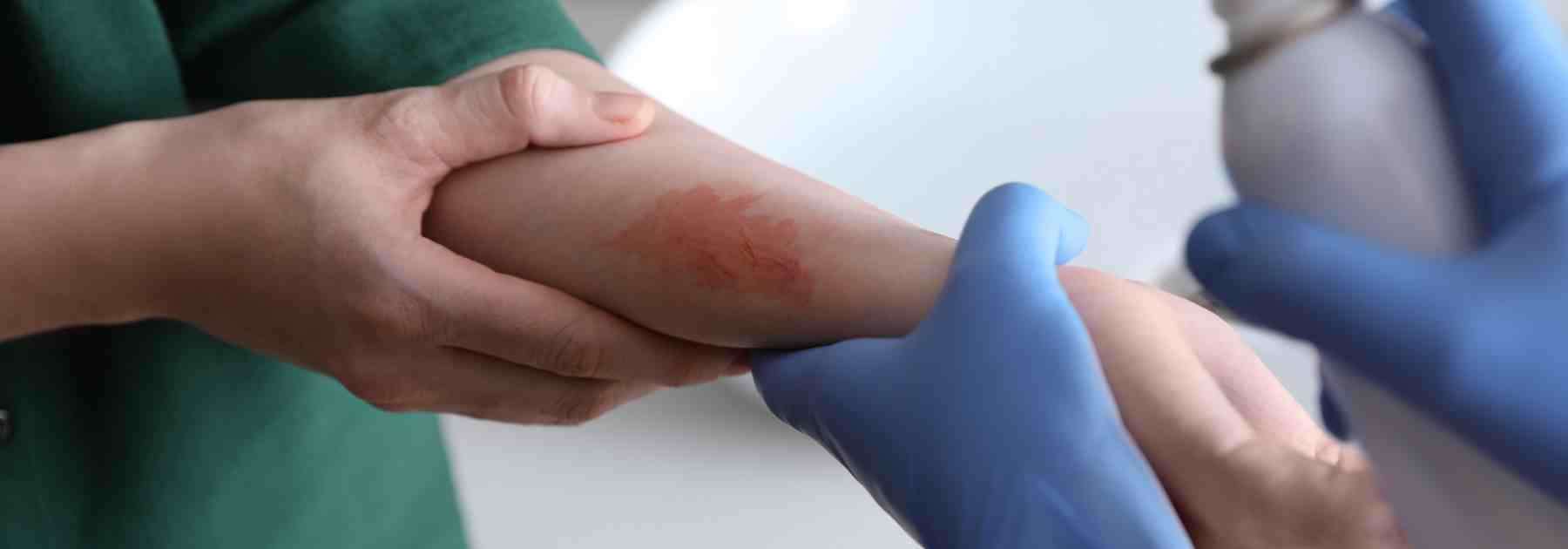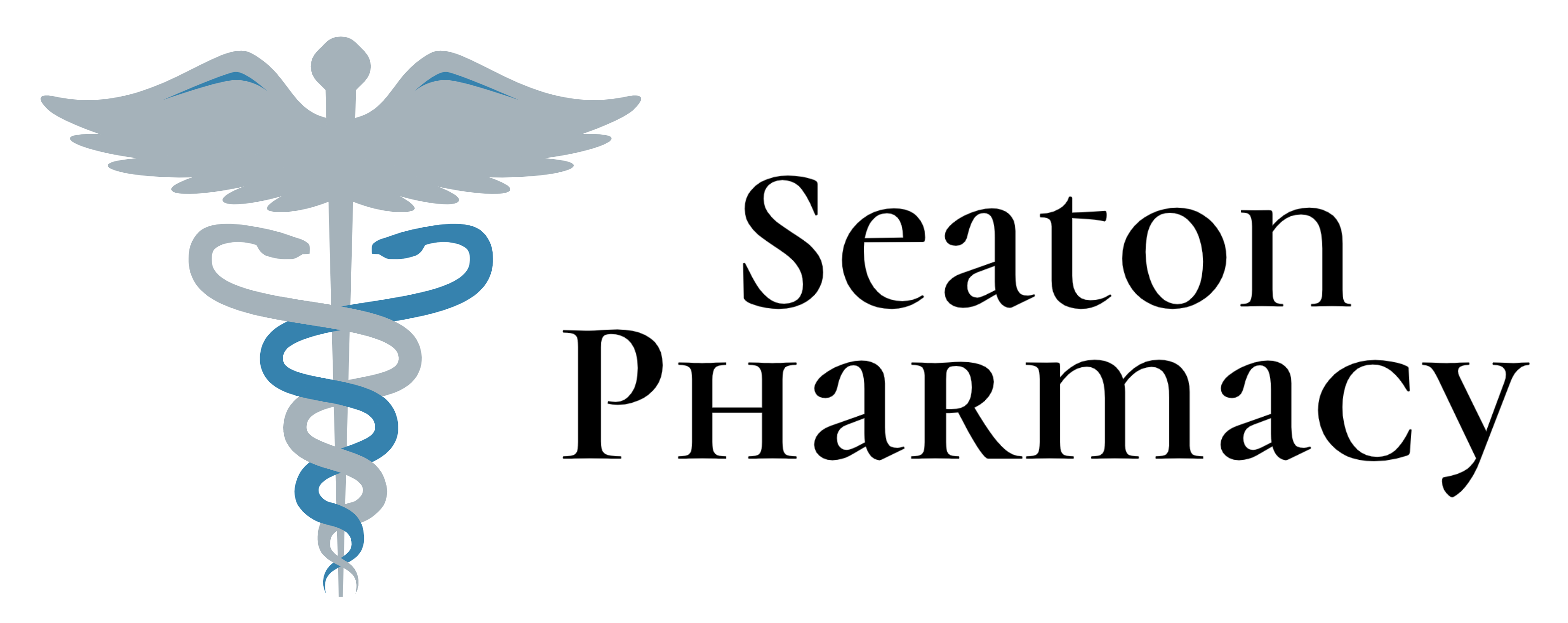Burns can happen in an instant—whether from hot water, cooking oil, or a scalding surface—and a 2nd degree burn is one of the most common types treated in local pharmacies. At Seaton Pharmacy in Devon, we often see patients who are unsure how to care for the blisters that come with these burns. Should you leave them alone? Is it ever safe to pop them? What if they burst on their own?
This blog will walk you through everything you need to know about blister care after a 2nd degree burn, how to reduce your risk of infection, and what products your local pharmacy can provide to support healing.
What Is a 2nd Degree Burn?
A 2nd degree burn, also called a partial thickness burn, affects the top two layers of your skin—the epidermis and the dermis. These burns often cause:
–> Redness
–> Swelling
–> Pain
–> Blistering
Blisters form as the body’s way of protecting the injured skin. Fluid gathers beneath the top layer, cushioning the wound and promoting healing underneath.

Should You Pop a Burn Blister?
In short—no, you should never intentionally pop a blister caused by a 2nd degree burn. These blisters act as a natural barrier against bacteria and other harmful agents. Popping them too early can lead to infection and slow down the healing process.
However, there are some exceptions, and that’s where professional care comes in. A pharmacist or other trained medical professional may drain a blister if:
–> It is very large or painful
–> It interferes with movement (e.g., on joints like fingers or knees)
–> It has already partially burst and needs to be cleaned properly
–> It shows signs of pressure that might cause spontaneous rupture
At Seaton Pharmacy, we can assess whether a blister should be left alone or whether professional drainage might reduce your risk of complications.
Signs Your Blister May Be Infected
Although blisters can be a normal part of a 2nd degree burn, certain symptoms should prompt a visit to a healthcare provider:
–> Increasing redness or swelling around the blister
–> Pus or yellowish fluid
–> A foul odour
–> Increased pain or warmth around the area
–> Fever or chills
If you notice any of these signs, don’t wait. Come into the pharmacy or call 111, especially if the blister has burst and isn’t healing properly.
What to Do If a Blister Pops on Its Own
Sometimes, despite our best efforts, a blister from a 2nd degree burn can burst. If this happens:
1. Wash your hands thoroughly.
2. Gently clean the area with lukewarm water and mild soap—do not scrub.
3. Apply a sterile dressing (more on that below).
4. Avoid applying creams or ointments directly onto the raw skin unless advised by a pharmacist or GP.
5. Keep the wound covered and dry. Change dressings regularly and look for signs of infection.
Best Dressings for a 2nd Degree Burn with Blisters
There are several dressing options that are suitable for managing blistered burns. At Seaton Pharmacy, we recommend:
Non-adherent dressings (e.g. Mepitel or Melolin): These won’t stick to the wound and are ideal for delicate skin.
Hydrocolloid dressings: These promote moist wound healing and may reduce pain and scarring.
Silver-infused dressings: Excellent for reducing infection risk in cases where the skin has broken.
Silicone gel sheets: Often used in the later stages of healing to reduce scarring.
Our pharmacists can help you select the best option based on the location and size of your burn.

Extra Tips for Blister Care at Home
–> Avoid pressure on the area whenever possible. Don’t wear tight clothing over the burn.
–> Don’t use cotton wool or fluffy materials to clean or dress the burn—they can leave fibres behind and irritate the wound.
–> Stay hydrated and eat a balanced diet to support your body’s natural healing process.
–> Avoid sun exposure on the healing skin, as it can increase scarring and sensitivity.
When to Seek Further Help
While many 2nd degree burns can be safely managed with pharmacy support, some situations require a GP or hospital:
–> Burns larger than the size of your hand
–> Burns on the face, genitals, hands or major joints
–> Chemical or electrical burns
–> Signs of infection that don’t improve with first-line care
At Seaton Pharmacy, we’re here to advise and support you. We can help you assess the severity of your injury, offer appropriate treatment, and refer you if needed.
Burn Care Starts with the Right Advice
Blisters may seem minor, but how you care for them can make a big difference in how well your 2nd degree burn heals. Whether you’re managing a blister at home or need help selecting the right dressing, our team is ready to help.
Contact us or pop into Seaton Pharmacy in Devon for expert advice, first aid supplies, and trusted care for all your minor injuries. We’re here to keep your healing on track—safely and comfortably.
This blog was written on behalf of Seaton Pharmacy by Pharmacy Mentor.

